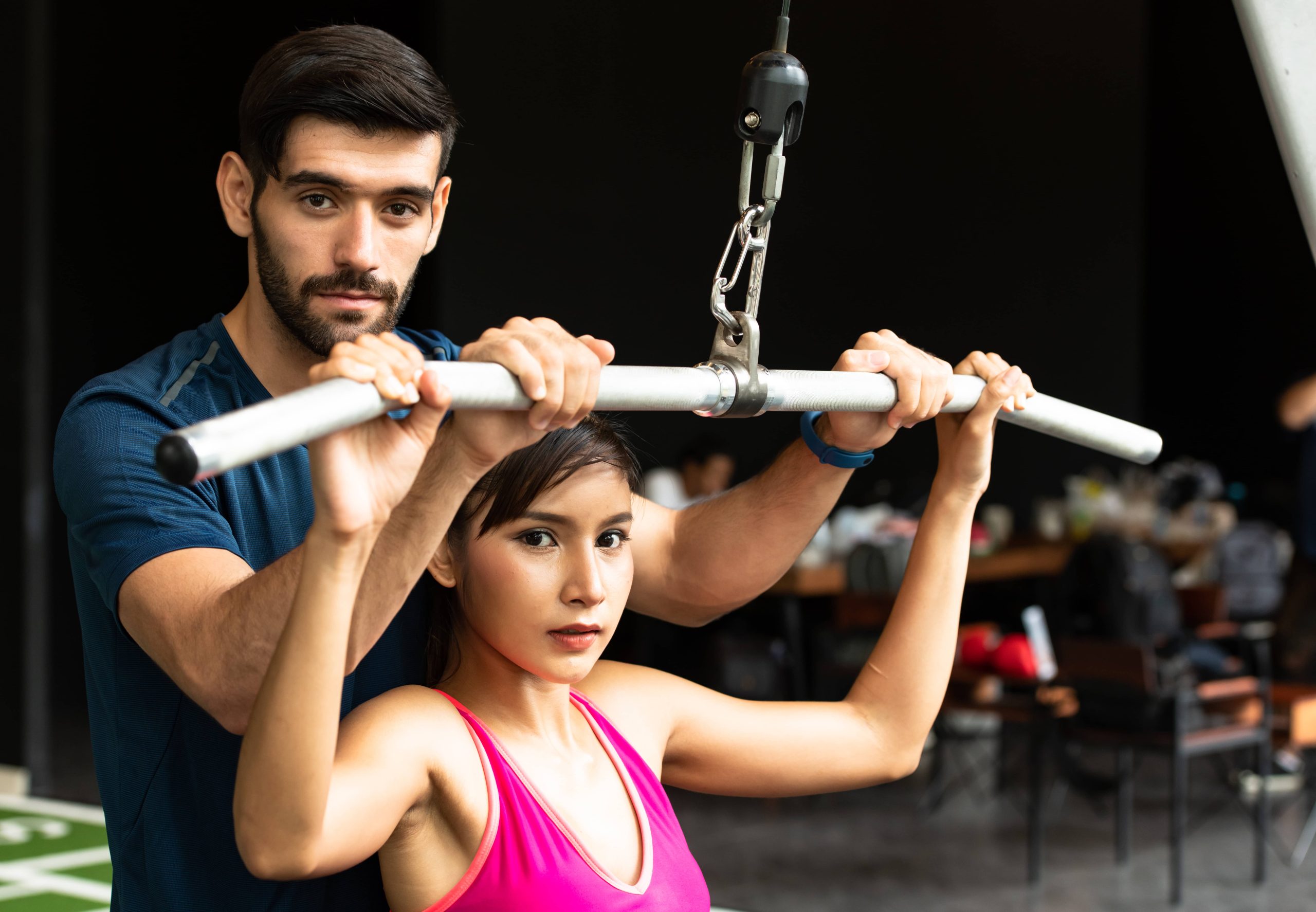
In the world of strength training and weightlifting, the focus is often on building muscle, increasing strength, and improving performance. However, one crucial aspect that is frequently overlooked is flexibility. Incorporating stretching into your strength routine can enhance your performance, prevent injuries, and improve overall well-being. In this blog post, we will explore the benefits of stretching, how to effectively integrate it into your routine, and some specific stretches that can complement your strength training regimen.
The Importance of Stretching
Stretching is not just for yogis or those looking to increase their flexibility. It plays a vital role in maintaining muscle health and function. Here are some key benefits of incorporating stretching into your strength routine:
1. Improved Flexibility and Range of Motion: Regular stretching helps lengthen muscles and tendons, increasing your range of motion. This can lead to better performance in strength exercises, as you can move more freely and with greater ease.
2. Injury Prevention: Tight muscles are more prone to strains and tears. Stretching helps keep muscles supple and reduces the risk of injuries during workouts.
3. Enhanced Muscle Recovery: Stretching increases blood flow to the muscles, which can aid in the recovery process after intense strength training sessions. This can help reduce muscle soreness and improve recovery time.
4. Better Posture: Many strength training exercises can lead to muscle imbalances, which can affect your posture. Stretching helps to correct these imbalances by lengthening tight muscles and strengthening weak ones.
5. Stress Relief: Stretching can also have a calming effect on the mind and body, helping to reduce stress and tension.
When to Stretch
There are two main types of stretching: dynamic and static. Each has its place in a strength training routine.
– Dynamic Stretching: This involves active movements that take your muscles through their full range of motion. It’s best done as part of your warm-up routine to prepare your body for the workout ahead. Dynamic stretches increase blood flow, enhance muscle elasticity, and improve joint mobility.
– Static Stretching: This involves holding a stretch for a period of time, usually 15-60 seconds. It’s most effective when done after your workout, as it helps to relax the muscles and improve flexibility.
How to Incorporate Stretching into Your Routine
1. Warm-Up with Dynamic Stretching: Before you start lifting weights, spend 5-10 minutes on dynamic stretching. This could include exercises like leg swings, arm circles, and torso twists. These movements will help prepare your muscles and joints for the workout.
2. Cool Down with Static Stretching: After your strength training session, dedicate another 5-10 minutes to static stretching. Focus on the major muscle groups you worked during your session. Hold each stretch for at least 15-30 seconds, and remember to breathe deeply to help your muscles relax.
3. Incorporate Stretching on Rest Days: On days when you’re not lifting, consider doing a full stretching routine or a yoga session. This can help maintain flexibility and promote recovery.
4. Listen to Your Body: Pay attention to how your body feels. If you notice tightness or discomfort in certain areas, spend extra time stretching those muscles.
Essential Stretches for Strength Trainers
Here are some specific stretches that can complement your strength training routine:
1. Hamstring Stretch: Sit on the floor with one leg extended and the other bent. Reach towards your toes on the extended leg, keeping your back straight. This stretch targets the hamstrings and lower back.
2. Quadriceps Stretch: Stand on one leg and pull the opposite foot towards your buttocks. Keep your knees close together and push your hips forward slightly. This stretch targets the quadriceps and hip flexors.
3. Chest Stretch: Stand in a doorway and place your hands on the door frame at shoulder height. Step forward slightly to feel a stretch across your chest and shoulders.
4. Lat Stretch: Reach one arm overhead and bend it behind your head. Use the opposite hand to gently pull the elbow down. This stretch targets the lats and triceps.
5. Hip Flexor Stretch: Kneel on one knee with the other foot in front. Push your hips forward while keeping your back straight. This stretch targets the hip flexors and can help alleviate lower back tension.
6. Calf Stretch: Stand facing a wall with one foot forward and the other back. Keep your back heel on the ground and lean forward to stretch the calf muscle.
Conclusion
Incorporating stretching into your strength routine is not just an add-on; it’s an essential component of a well-rounded fitness program. By improving flexibility, preventing injuries, and enhancing recovery, stretching can help you achieve your strength training goals more effectively. Remember to listen to your body, be consistent with your stretching routine, and enjoy the benefits of a more flexible and resilient body. Whether you’re a seasoned weightlifter or just starting out, make stretching a priority in your fitness journey.
